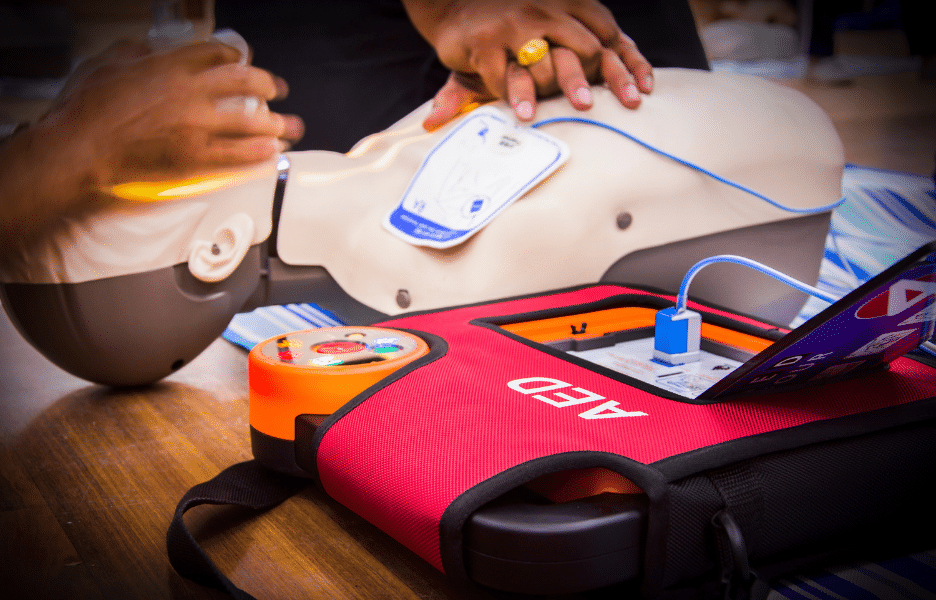The practice of Cardiopulmonary resuscitation (CPR) dates back to the year 1740 with the Paris Academy of Sciences recommending mouth-to-mouth resuscitation for drowning victims. The technique is crucial for saving a life. It involves chest compressions and artificial ventilation with the goal of restoring blood flow to the vital organs. Fast forward 267 years and Congress unanimously passes a resolution to set aside the first week of June for CPR and AED awareness. This is primarily to spotlight how lives can be saved if more Americans know CPR and how to use an automated external defibrillator (AED). More than 350,000 people suffer from cardiac arrest annually in the United States with only 11% surviving. The chances of survival drop 10% for every minute without immediate CPR and use of an AED.

Combating The Odds
The state of Florida sees the percentages and aims to do what it can to prevent the survival percentages from rising. To do this, in July 2021 Gov. Ron DeSantis signed the First Aid Training in Public Schools bills into law, which aims to help teenagers save lives. This law requires school districts to give students training in CPR and AED. Schools are now required to teach their 9th and 11th graders a one-hour course on CPR and AED, with the encouragement that schools begin the training in 6th and 8th grade if possible.

This effort was made possible by Ed Kosiec from Boynton Beach. He was saved 3 years ago by a Chick-Fil-A employee, who was in high school, when he went into cardiac arrest. The high school student performed CPR until Fire Rescue personnel arrived. “If a kid graduates high school and knows CPR skills, now we have an army of lifesavers every year coming out of our school system,” Kosiec said.

Schedule Your CPR and AED Training Today
The best way to celebrate this week is by scheduling a CPR and AED course. An individual does not have to be in health care or a professional first responder to save a life. The American Red Cross and American Heart Association have multiple classes available for individuals, staff, coworkers, family, etc. An instructor may also be available to come directly to a place of work to perform CPR and AED training with the office.
Important Information Regarding DNR Orders
A do-not-resuscitate order, or DNR order, is a medical order written by a doctor. It instructs health care providers not to do cardiopulmonary resuscitation (CPR) if a patient’s breathing stops or if the patient’s heart stops beating. It is typically created before an emergency occurs. The doctor writes the order only after speaking to their patient (if possible), the proxy, or the patient’s family.
This order prevents the following methods from being used:
- Mouth-to-mouth breathing
- Pressing on the chest
- Electric shock to restart the heart
- Medicines
- Breathing tubes to open airway
The individuals who choose to have a DNR have multiple reasons as to why they chose this, but primarily it is due to them being close to their end of life, religious beliefs, or having an illness that will not improve. It is important to know that this is not a permanent decision. If someone decides to have a DNR, then changes their mind, they can always inform their doctor of the change and change will occur.
Caregiver CPR Requirements for Nurse Registries
CNAs and HHAs referred by our company must maintain a current CPR certification from an instructor or training provider that is approved to provide training by the American Heart Association, the American Red Cross, or the Health and Safety Institute. The training requires caregivers to demonstrate, in person, that he or she can perform CPR. This will hopefully provide some peace of mind to clients and/or their loved ones. If you feel you could benefit from having a caregiver referred to you, feel free to reach out to us and we will be more than happy to assist.

